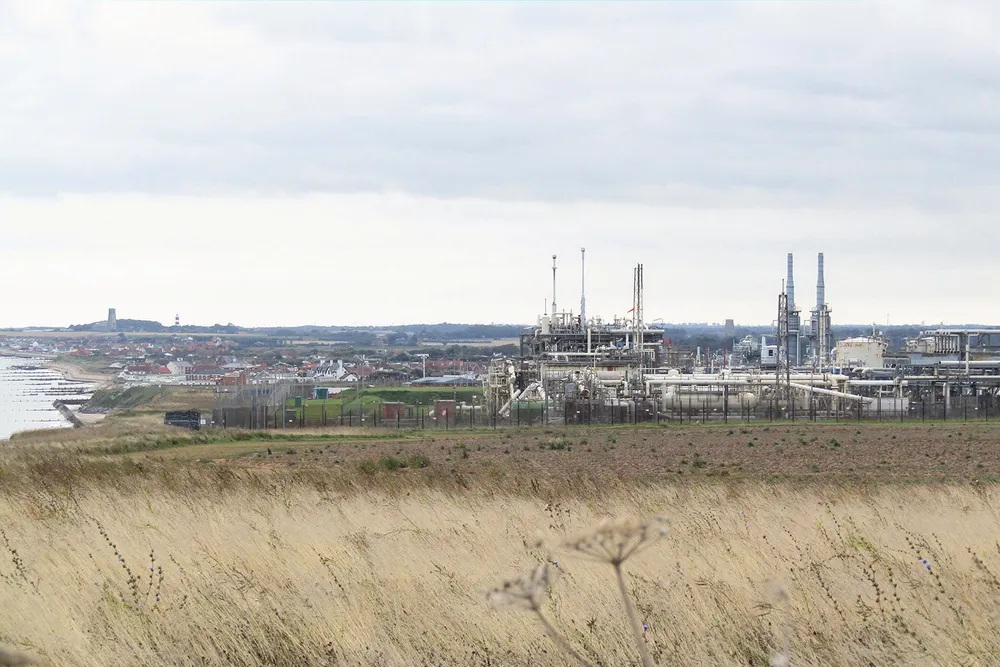Study finds 'exciting' potential for Bacton terminal to become key UK hydrogen hub
OGA-commissioned report outlines that site in Norfolk could emerge as crucial for supply of cleaner-burning gas to key markets in southeast England

OGA-commissioned report outlines that site in Norfolk could emerge as crucial for supply of cleaner-burning gas to key markets in southeast England
